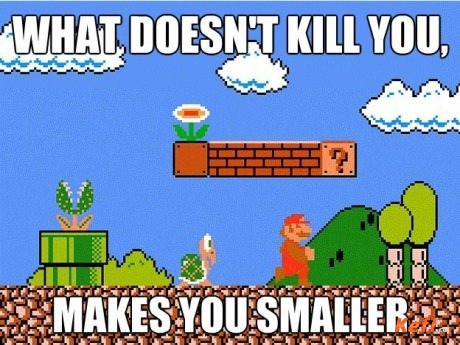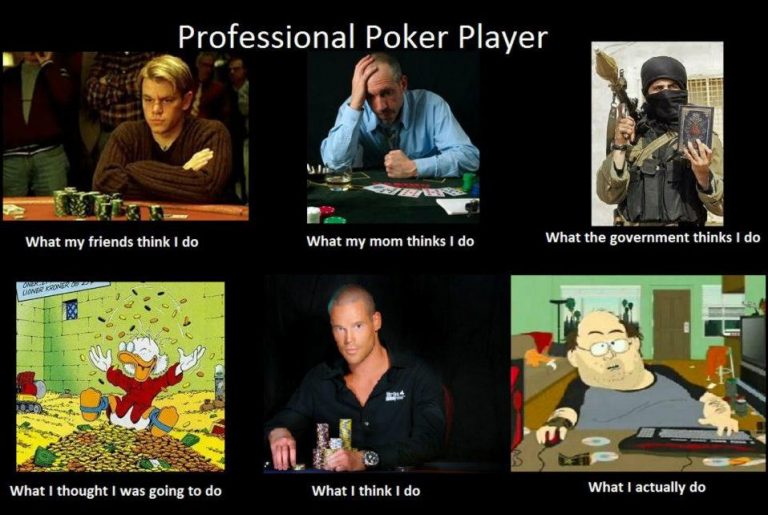If you are a hardcore gamer dating 15-20 years back, you would probably scoff at today’s mainstream titles. In the Super Mario era, one would have to figure out all the how-tos, from jumping obstacles, crush hollow blocks, or throwing those fireballs. Fair enough, these 16-bit games simply required a controller that contained 4 directional arrow movements and 2 buttons, with simple enough gameplays.

Today, most console buttons have 4 directional arrows, 4 round buttons, 4 shoulder buttons, and two joysticks at the front. Since most games are created to fully maximize the controllers’ use, titles today can be quite difficult to control without tutorials, which appears the moment you hit the start button, and in some cases, even before you hit it! The problem with most gaming tutorials is nobody understands them, especially in casino gamimg. Casino gaming tutorials are kind of like the End User License Agreement (EULA) in software installations that most people ignore.

Gamification can get the most boring and monotonous rules to be learned easily. An example of a difficult-to-learn casino game is poker. To effectively play it, one must learn its myriad of jargons such as rainbow, big blind, spread limit, river, and hundreds of others. Those, along with different forms of playing styles, can make learning poker a hassle. Even playing simple casino slots and virtual betting sports today can be quite difficult to navigate for the first time because their rules have changed over time. The Leet Games Blog have enumerated some casino games online using Betfair Arcade’s titles as model and each game has a unique instruction from the rest. While their text-based game play directions can be informative, learning them through built-in game tutorials makes for a much better experience.
Gamifying the tutorials can be as simple as asking simple quizzes, providing a sense of progression, and lots of feedback that makes the players feel he isn’t alone, and it can be fun on its on. We will share in the next post how learning can be made a lot more fun and engaging.
Published on 17 February, 2014

